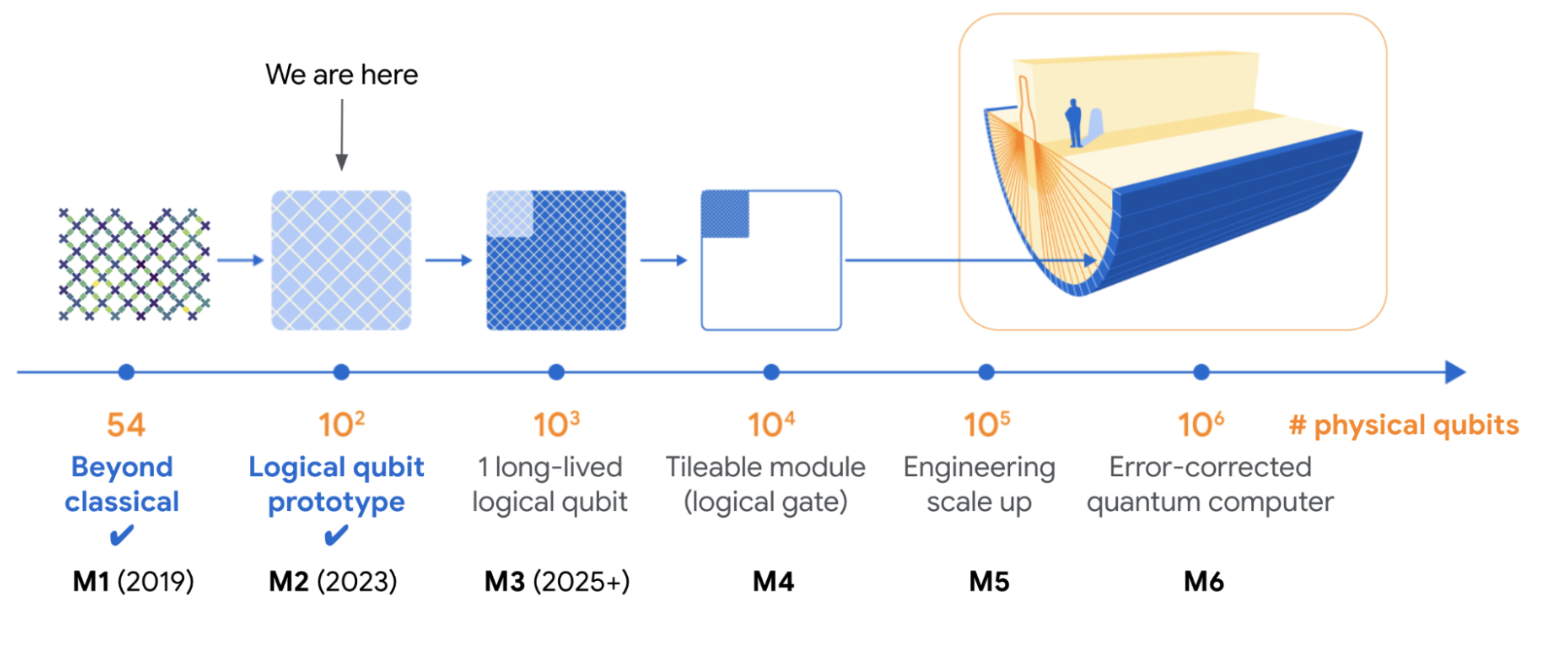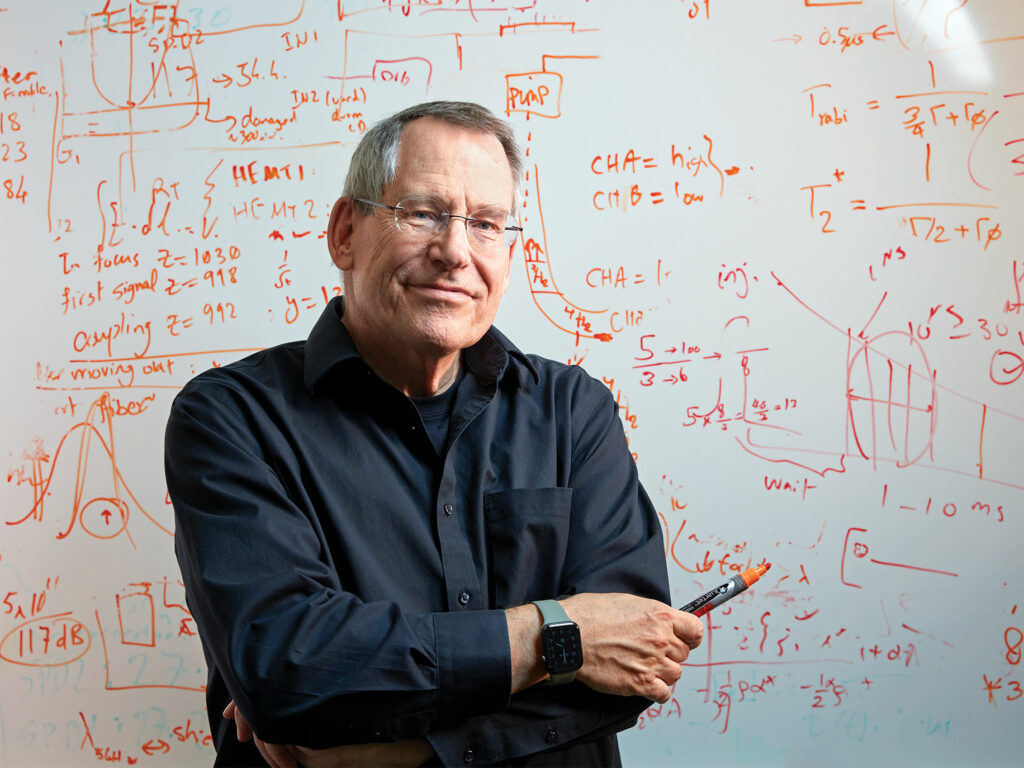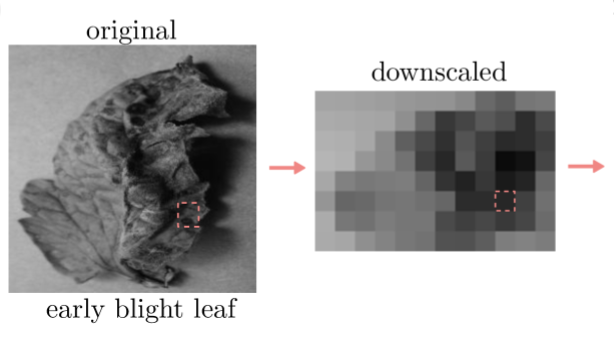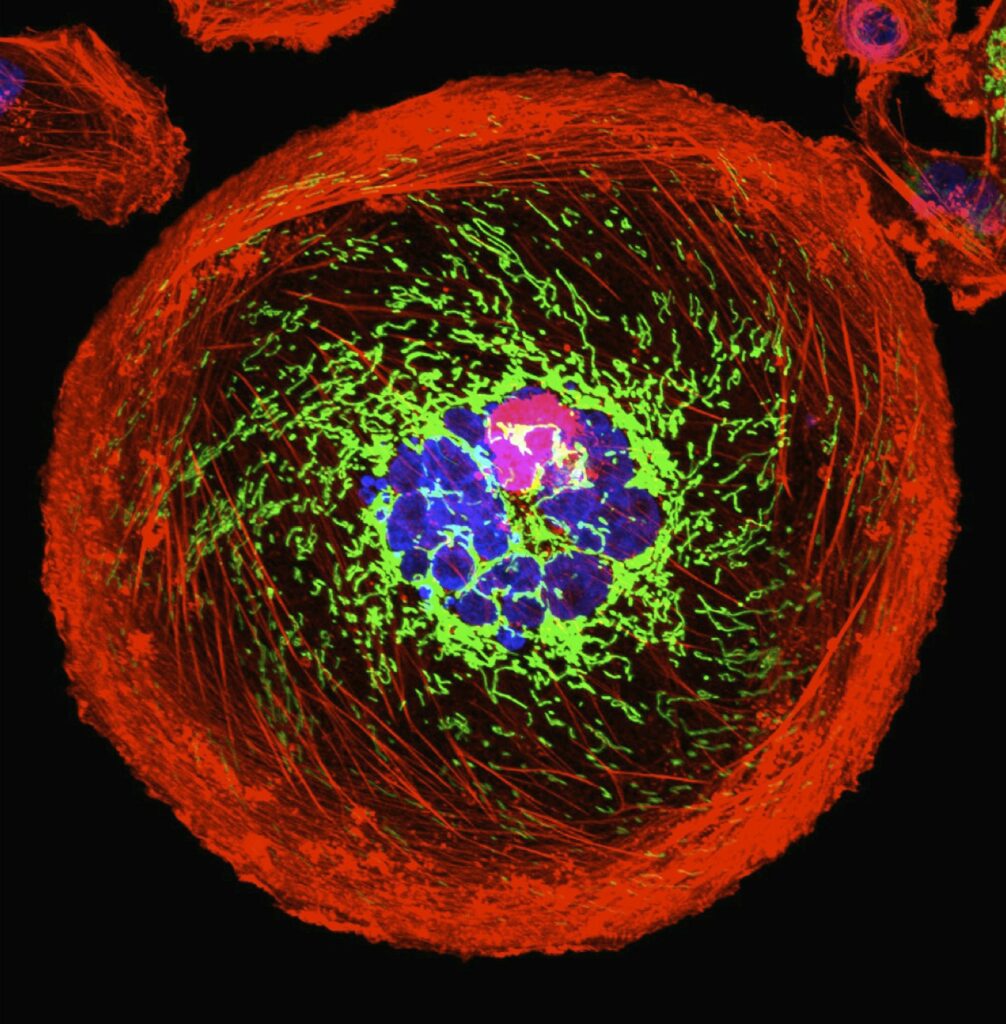A team of Google Quantum AI researchers say they notched another milestone in error-correction work, an advance they hope will be another important step in the development of fault-tolerant quantum computers.
In a study published in Nature, the team reported they created a prototype of a logical qubit, which is the basic unit of an error-corrected quantum computer. They used a particular error-correcting code called a surface code and scaling up the number of physical qubits used to build the logical qubit. By increasing the size of the code, the error rate of the logical qubit was reduced, showing that with careful mitigation of error sources, logical qubits necessary for a large-scale error-corrected quantum computer can be produced.
Google and Alphabet CEO Sundar Pichai, writes about this accomplishment: “Now, we’re taking another big step forward: For the first time ever, our Quantum AI researchers have experimentally demonstrated that it’s possible to reduce errors by increasing the number of qubits. In quantum computing, a qubit is a basic unit of quantum information that can take on richer states that extend beyond just 0 and 1. Our breakthrough represents a significant shift in how we operate quantum computers. Instead of working on the physical qubits on our quantum processor one by one, we are treating a group of them as one logical qubit. As a result, a logical qubit that we made from 49 physical qubits was able to outperform one we made from 17 qubits.
In a company blog post, team representatives say the results represents a step toward the ultimate goal of quantum computers that can solve important tasks faster than today’s classical versions: “These results indicate that we are entering a new era of practical QEC. The Google Quantum AI team has spent the last few years thinking about how we define success in this new era, and how we measure progress along the way.”

The team ran these experiments ran on a state-of-the-art 3rd generation Sycamore processor architecture optimized for QEC using the surface code. The researchers noted the following improvements:
- Increased qubit relaxation and dephasing lifetimes through an improved fabrication process and environmental noise reduction near the quantum processor.
- Lowered cross-talk between all physical qubits during parallel operation by optimizing quantum processor circuit design and nanofabrication.
- Reduced drift and improved qubit control fidelity through upgraded custom electronics.
- Implemented faster and higher-fidelity readout and reset operations compared with previous generations of the Sycamore processor.
- Reduced calibration errors by extensively modeling the full quantum system and employing better system-optimization algorithms.
- Developed context-aware and fully parallel calibrations to minimize drift and optimize control parameters for QEC circuits.
- Enhanced dynamical decoupling protocols to protect physical qubits from noise and cross-talk during idling operations.
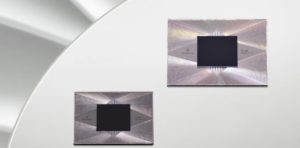 In the post, the researchers write that in the future, scientists will use fault-tolerant quantum computers for large-scale computations with applications across science and industry. However, these computers will need millions of coherent quantum bits, or qubits, that must have error rates lower than current rates. The error rates on the current Sycamore processor are typically between 1 in 10,000 to 1 in 100, which is not enough for large-scale quantum computing. To get to the needed error rates of 1 in 109 to 1 in 106, a roadmap has been created to improve the performance of quantum computers in gradual steps toward a fault-tolerant quantum computer. The roadmap has directed research for the last several years.
In the post, the researchers write that in the future, scientists will use fault-tolerant quantum computers for large-scale computations with applications across science and industry. However, these computers will need millions of coherent quantum bits, or qubits, that must have error rates lower than current rates. The error rates on the current Sycamore processor are typically between 1 in 10,000 to 1 in 100, which is not enough for large-scale quantum computing. To get to the needed error rates of 1 in 109 to 1 in 106, a roadmap has been created to improve the performance of quantum computers in gradual steps toward a fault-tolerant quantum computer. The roadmap has directed research for the last several years.
So how far are the researchers from declaring practical quantum computing?
The team said they may still a few years out, but they feel confident of the path ahead.
They write: “In our march toward building fault-tolerant quantum computers, we will continue to use the target error rates in the figure above to measure our progress. With further improvements toward our next milestone, we anticipate entering the fault-tolerant regime, where we can exponentially suppress logical errors and unlock the first useful error-corrected quantum applications. In the meantime, we continue to explore various ways of solving problems using quantum computers in topics ranging from condensed matter physics to chemistry, machine learning, and materials science.”
The Google Quantum AI blog article was posted by Hartmut Neven, VP of Engineering, and Julian Kelly, Director of Quantum Hardware, on behalf of the Google Quantum AI Team.
If you found this article to be informative, you can explore more current quantum news here, exclusives, interviews, and podcasts.


